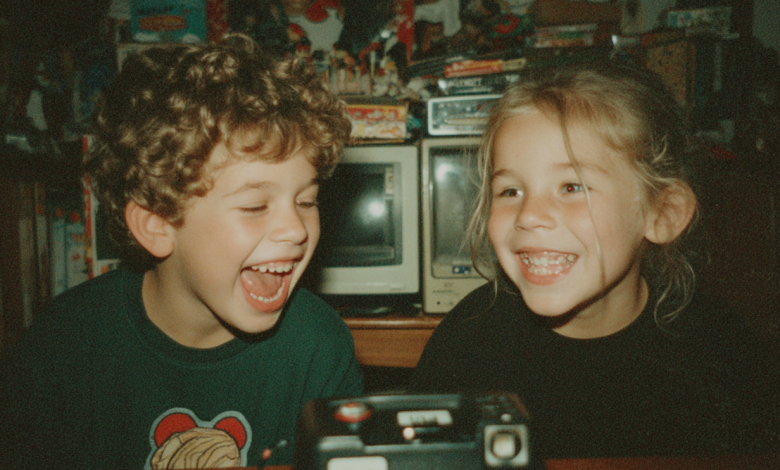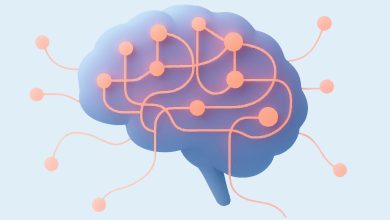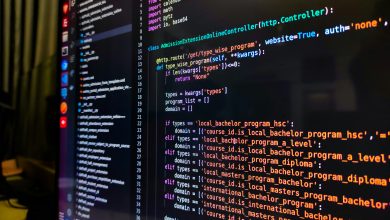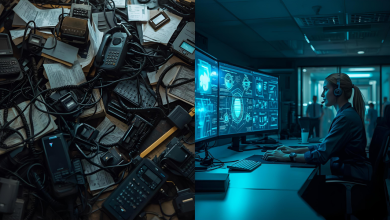
As a C-level exec overseeing delivery at an advertising agency, I spend a lot of time talking about AI. Everyone wants to know which models we’re using, what our tech stack looks like, and how we’re handling prompts and workflows. These are good questions. Important questions.
But, that’s not the hard question.
The hard question is: How do we unlearn two decades of creative compromise?
The Tyranny of “Yes, But…”
My roots are as a creative director, and like everyone else in this business, I learned early on to think inside the box, not because I wanted to, but because I had to. Every idea came with immediate mental calculations:
What’s the budget?
Can we (and our partners) pull this off?
How many rounds of revisions can we do?
What’s the lead time?
We became masters at pre-editing ourselves. That constant triangulation between vision, timeline, and budget became second nature. It was practical. It was professional. Honestly, it made us better at our jobs, and we learned to craft solutions that actually shipped, made clients happy, and even won awards.
But somewhere along the way, it also slowly, quietly drained some of the imaginative wonder that I think we used to have. We didn’t ask “what if?” quite as often. The immediate mental calculations became so automatic that we didn’t even notice we were doing it anymore.
When the Limits Disappear
Here’s what nobody tells you about AI in the creative industry: The technology isn’t the disruption. The disruption is that all your muscle memory about what’s possible is suddenly wrong.
Yes, the tools are advancing at a breakneck pace. Yes, it’s genuinely difficult to keep up with which model does what best, how credits work, whether you should be using Midjourney or DALL-E or Stable Diffusion for any given task. I’m not minimizing that challenge—my team and I are constantly testing, comparing, and updating our workflows.
But, I can teach someone our tech stack in a week. What I can’t teach quickly is how to stop saying “we can’t,” when we actually can.
The Ghost of Constraints Past
I see it in meetings all the time, where someone pitches an idea that, last year, would have required a six-figure budget and three months of production time. The room goes quiet, and people start doing the mental math out of habit.
“That would require us to shoot in five different locations…”
“We’d need to cast for that…”
“The post-production alone would cost…”
And then someone, usually someone newer to the industry, says: “Could we try to generate part of it?”
The room stays quiet for a different reason now, because they’re right. Not for everything. Not perfectly. But right enough that the old calculus doesn’t apply anymore.
Daring to Dream
This is where it gets interesting. Not in the “look at this cool AI image” way, but in the “wait, what else did we stop imagining?” way.
That campaign concept that died because we’d need 50 different product shots with perfect lighting and we only had a budget for 10? We can test it now.
That multilingual social strategy that was impossible because transcreation costs would eat the entire budget? Different conversation now.
That wildly specific brand world that would require building sets or location scouting across three continents? Maybe we can explore it.
I’m not saying AI replaces any of these things perfectly, because it doesn’t. But it changes the conversation from “impossible” to “what if,” And that’s a radically different starting point.
The Real Learning Curve
We aren’t struggling to learn prompt engineering or AI workflows. We’re struggling with releasing our unfettered, childlike curiosity on a daily basis with thinking bigger than we’ve ever been able to before.
We’re now running creative workshops where the only rule is: Don’t reject an idea because of how you would have had to execute it in 2020. Think about the idea itself. Think about what would make it great. Then we’ll figure out if AI can get us there, or what combination of AI and human craft makes sense.
It’s harder than it sounds. We’ve all been burned before by late nights or exploded budgets made by promising things that got away from us. Amazing ideas scuttled to the graveyard to never be seen again because they were “too expensive” or would “take too long.” Caution became wisdom. Restraint became judgment.
Now, we have to carefully, strategically, unlearn that wisdom.
This Is Still the Beginning
Look, I’m not one of those people who thinks AI solves everything, or that we’re living in some kind of creative utopia now. The tools are amazing and frustrating in equal measure. You still need taste. You still need strategy.
You still need to know why you’re making something, not just that you can make it.
But after 15 years of being told by reality what’s feasible and what’s fantasy, we’re in this strange moment where the boundaries are rewriting themselves in real-time.
The hard part about AI? It’s not keeping up with the latest model releases, though that’s challenging enough.
The hard part is remembering how to dream without guardrails.
And that is the most exciting creative challenge to face.




